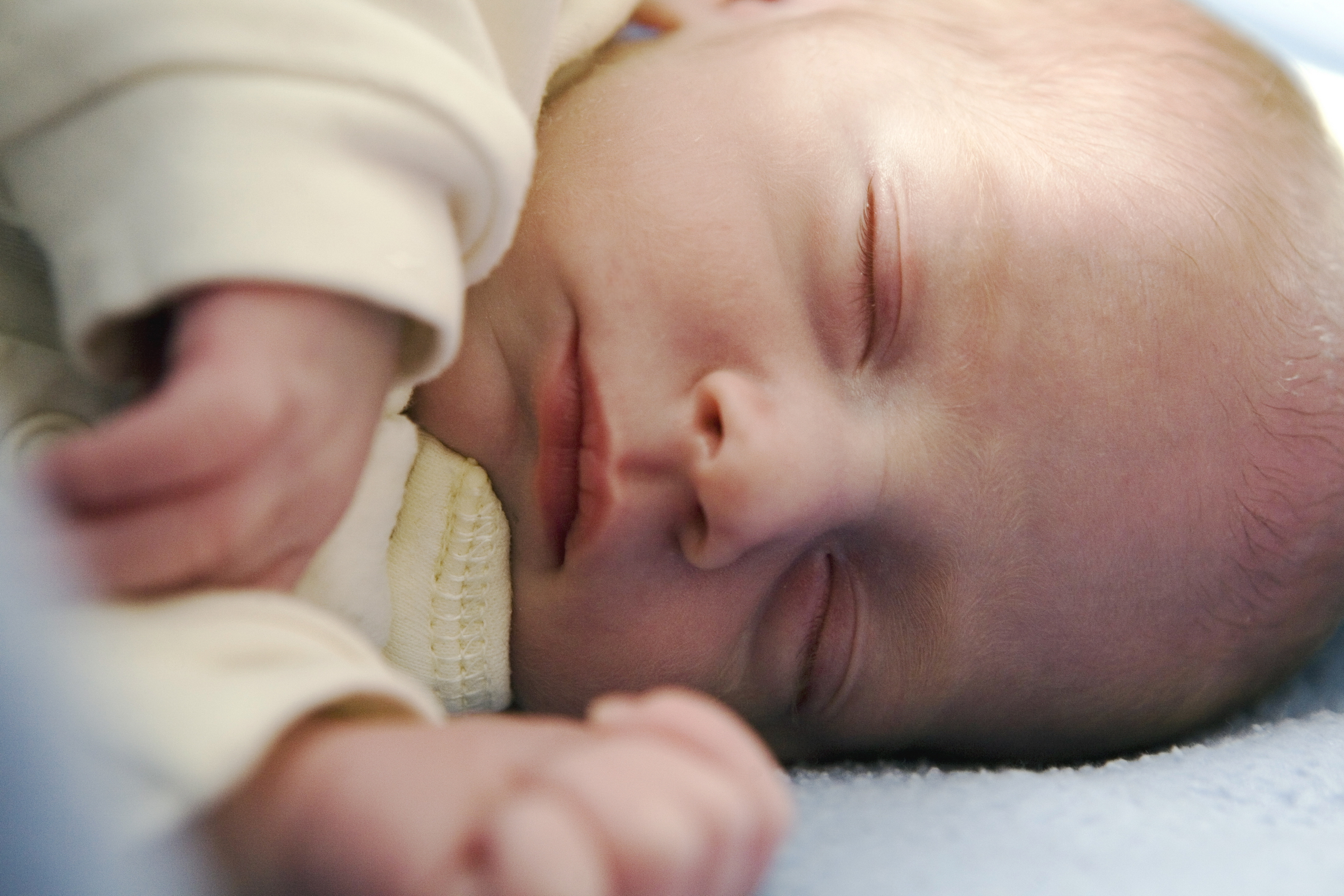
MONDAY, May 13 (HealthDay News) — Children in the United States are exposed to a high rate of violence in their everyday lives, according to a new national survey.
The survey found that children wander through a world of violence that runs the gamut from school bullying and playground assault to sexual abuse and domestic violence.
For example, the survey found that four of every 10 kids in America say they experienced a physical assault during the past year, with one in 10 receiving an assault-related injury, said study author David Finkelhor, a professor of sociology at the University of New Hampshire.
“We do tolerate a lot more violence in the lives of our kids and we assume it’s not as impactful as it would be in us, and I’m not sure that is so,” said Finkelhor, also director of the Crimes Against Children Research Center. “What I like to say is, how many times have you been hit in the last year? Most middle-class Americans wouldn’t accept being hit by a co-worker, but they shrug off a child being hit on the playground.”
The survey, appearing online May 13 in JAMA Pediatrics, also found the following:
- Two percent of all children experienced sexual assault or sexual abuse during the past year, with the rate at nearly 11 percent for girls aged 14 to 17 years.
- Nearly 14 percent of children repeatedly experienced maltreatment by a caregiver, including nearly 4 percent who experienced physical abuse.
- One in four kids was the victim of robbery, vandalism or theft during the previous year.
- More than 13 percent of kids reported being physically bullied, while more than one in three kids said they had been emotionally bullied.
- One in five kids had witnessed violence in their family or their neighborhood during the previous year.
Researchers gathered this information through random telephone interviews in 2011 with about 4,500 children aged 1 month to 17 years old or their caregivers, in the case of children younger than 10.
Those numbers actually seem low to Dr. Michael Brody, a child psychiatrist in Potomac, Md., and spokesman for the American Academy of Child & Adolescent Psychiatry.
“I think, unfortunately, this is so endemic to our society, it’s overlooked,” said Brody, who often works with victims of childhood violence. “It is considered like a cold.”
Witnessing or experiencing violence as a child leaves psychic scars that lead to rage, lack of security, feelings of powerlessness, nightmares and other aftereffects that can haunt people into adulthood, Brody said.
“We take it in as part of our identity and our soul, and sometimes it leaks out,” he said.
Most at risk are kids who receive regular exposures to violence. The new survey found that about 15 percent of kids had been exposed to violence six or more times in the previous year, with about 5 percent of kids exposed to 10 or more violent incidents.
“There are some kids who just seem to suffer an inordinate amount of this victimization,” study author Finkelhor said. “They are a group that really deserves some priority attention, because the consequences of that are very severe. They are en route to serious mental health problems, alcohol problems, getting involved in delinquency and crimes, and having health consequences as well.”
This is the second time Finkelhor has conducted this survey, following up on a previous round in 2008. Most categories of violence decreased very slightly between 2008 and 2011, but not enough to be considered a significant change.
The survey is done to provide policymakers with hard data in making decisions related to child safety.
Finkelhor said there are four main reasons why childhood tends to be more violence-prone than adult life:
- Kids have little control over the people they associate with. “They can’t simply move out of a family where someone is aggressive toward them or out of a neighborhood where there are a lot of bullies,” he said.
- Children are smaller and less experienced. “They haven’t learned how to protect themselves in the same way as older people,” he said.
- Some of the ways in which they get victimized aren’t taken all that seriously. “If colleagues knocked you over in your office, someone would get in trouble,” Finkelhor said. “That’s not necessarily so on the playground. We aren’t as fierce in enforcing norms.”
- Kids take risks and don’t control their behavior the way adults do.
Finkelhor said he believes violence rates have stabilized due to “excellent new evidence-based programs at a variety of levels, some of them in schools.” These include programs to teach conflict resolution and management, self-protective skills, better parenting and better child supervision.
“Schools are becoming much more vigilant, partly because they got slapped with lawsuits and partly because they realized kids were being bullied and mistreated, and coming back to do some truly awful things,” he said.
More information
To learn more about children and violence, visit the Crimes Against Children Research Center.

